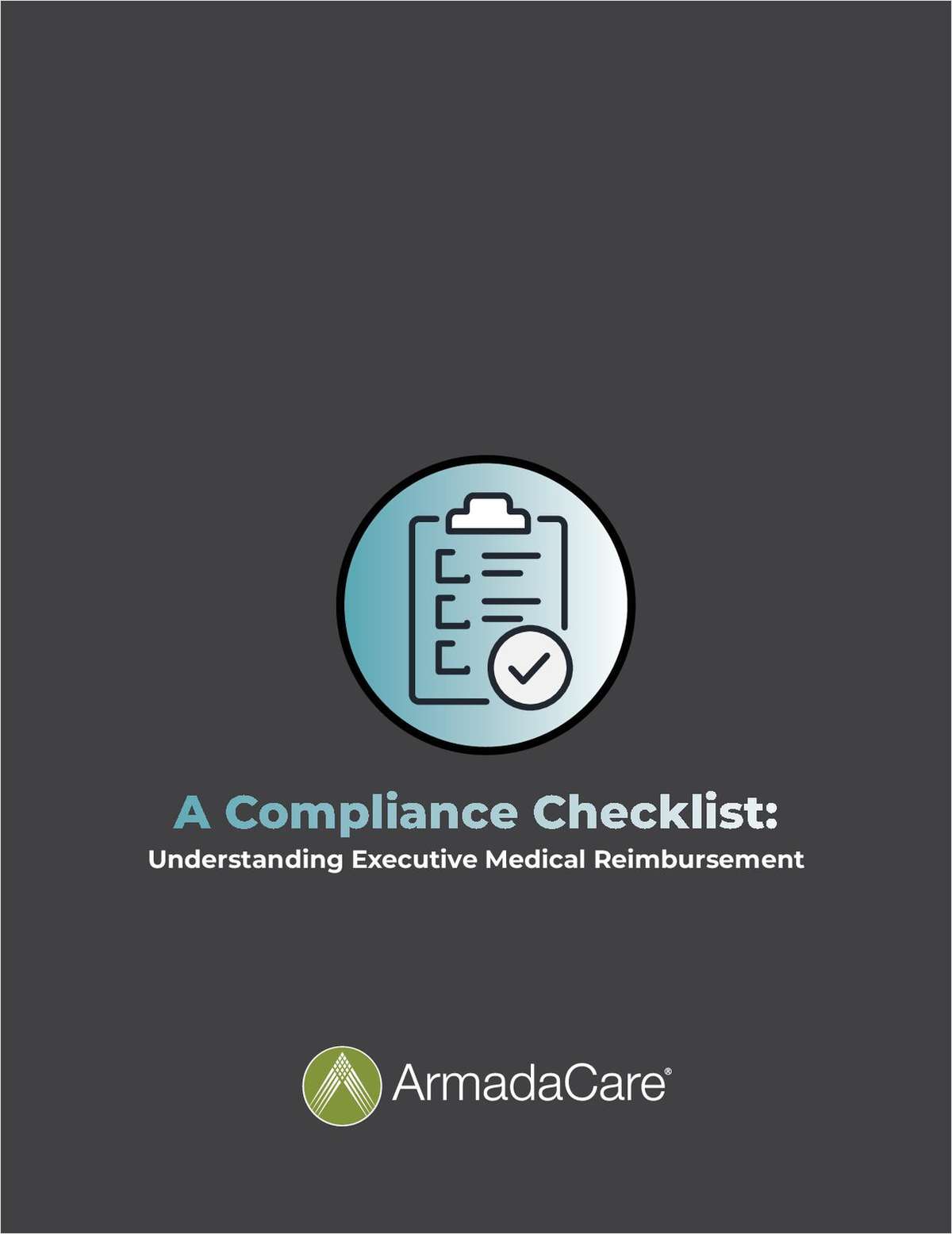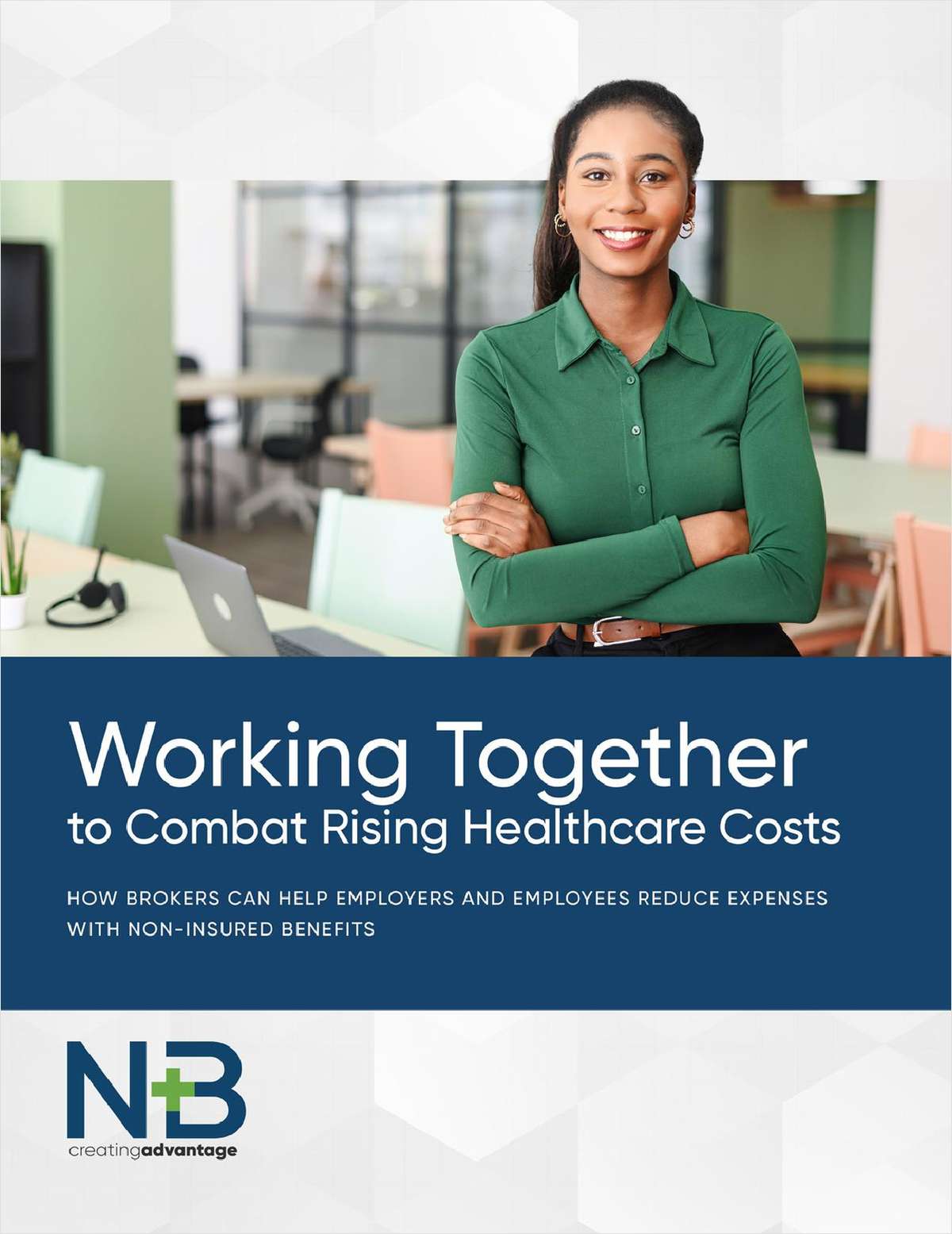Employees are spending time on the clock dealing with their personal finances, and it negatively affects their productivity. According to a Harris Poll conducted on behalf of Purchasing Power in March of this year, 37 percent of U.S. employees working full-time report that they spend time at work thinking about or dealing with their finances.
On average, they're spending two hours every week balancing their budgets, worrying about paying down debt and dealing with other money concerns. Large businesses are potentially losing millions of dollars in lost productivity every year.
Money tops employee stressors
Employees bring their financial stress to work because it's their biggest stressor. According to the American Psychological Association, Americans have cited money as their top source of stress since 2007. In order to find out what kinds of financial issues keep them up at night, we surveyed working Americans on their financial situation:
-
34 percent have trouble meeting monthly expenses;
-
40 percent don't have at least $2,000 saved for emergencies; and
-
26 percent of employees who consistently carry balances on their credit cards find it difficult to make minimum payments on time.
American workers are stressed because many are in a precarious financial situation. It's difficult to focus on your work when you're worried about making a large purchase or paying your monthly bills.
The far-reaching implications
Not only does financial stress lower productivity, the distractions it causes can have more far-reaching implications.
For manufacturers, that can mean more accidents; for healthcare companies, less effective patient care; for professional services companies, costly data errors.
With safety and service quality at stake, businesses can't afford to be passive about employee financial stress.
How to get employees back on track
While the costs of financial stress can be high, employers can use voluntary benefits to help employees improve their financial situation. Employers can now offer benefits that help employees with basic skills, like budgeting and saving.
They can also offer benefits like discount and employee purchase programs, which make it easier for employees to make major purchases. But the first step is getting a good idea of the magnitude of the problem.
Complete your profile to continue reading and get FREE access to BenefitsPRO, part of your ALM digital membership.
Your access to unlimited BenefitsPRO content isn’t changing.
Once you are an ALM digital member, you’ll receive:
- Breaking benefits news and analysis, on-site and via our newsletters and custom alerts
- Educational webcasts, white papers, and ebooks from industry thought leaders
- Critical converage of the property casualty insurance and financial advisory markets on our other ALM sites, PropertyCasualty360 and ThinkAdvisor
Already have an account? Sign In Now
© 2025 ALM Global, LLC, All Rights Reserved. Request academic re-use from www.copyright.com. All other uses, submit a request to [email protected]. For more information visit Asset & Logo Licensing.








